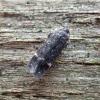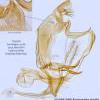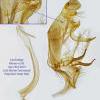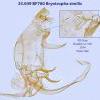35.049 Bryotropha similis (Stainton, 1854)
Status and Distribution
Widespread but local to very local throughout much of mainland England, Wales and Scotland and rarely present in anything other than small numbers. Very local in southern and eastern Ireland, Northern Ireland and Isle of Man. Not recorded from the Western and Northern Islands of Scotland or the Channel Islands. Caution is advisable when recording this moth as the widespread Bryotropha affinis, when worn, can look quite similar as can the darker form of B. senectella.
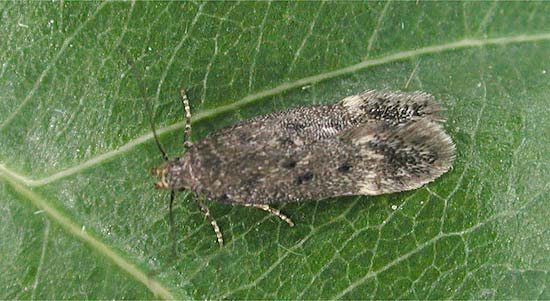
Provisional map
Foodplant and Larval Feeding Signs
Bred from mosses growing on old walls, but this relates to a record dating back to the mid-19th century and the species of moss was not detailed. Has been bred from Bryum and Schistidium sp. Other possible foodplants are listed as Hypnum cupressiforme, H. rutabulum, Tortula ruralis, T. intermedia, Grimmia pulvinata, Bryum capillare and B. caespititium.
Habitat
Appears to be associated with sparsely vegetated areas in both urban and rural locations. Has been found plentifully on the drier parts of a Moss in Cheshire in 1958 (H. N. Michaelis) and reported from about 3000 feet in the Rannoch area.
Finding the Moth
Larva: bred from mosses on old walls and the larva has been found under mosses on both walls and on boulders and stones on the ground.
Adult: occasionally disturbed during the daytime, can be smoked from vegetation, has been found to be plentiful during the day amongst grasses at the foot of birch bushes on a Cheshire Moss, can be netted at dusk but most reports relate to it coming to light in small numbers.
Similar Species
Rather variable, with the forewing ranging from pale greyish-brown with the creamy-yellow costal and tornal spots (where the black discal spots stand out), to an all-over dark, slightly glossy, blackish-brown colour where the discal spots are difficult or impossible to discern. The absence of conspicuous scattered light scales beyond one third distinguish this species from B. affinis (the only pale scales in this part of the wing in B. similis being the tornal and costal spots, if present). The dark form of B. umbrosella is a strong black colour lacking any hints of brown or grey. In very dark forms of B. senectella the head often has ochreous cheeks contrasting with the grey-brown vertex, when viewed from above looking like a dark line extending over the middle of the head. In B. similis, the vertex is glossy dark grey-brown, lower frons creamy-yellow to yellow-grey and the cheeks dark yellow-grey to dark grey-brown. To see the latter feature in some specimens it is necessary to look at the face from slightly below. When at all worn or if there is any doubt, dissection is recommended.
Male Genitalia differences - the lack of any obvious protrusion on the 'knee' (which is also lower down the saccus) in B. similis as compared to the slight protrusion in B. affinis and more obvious outward bulge in B. senectella is a good identification feature. It is particularly useful when encountering the occasional specimen where the gnathos can have a more slender and elongated shape as is found in B. affinis.
Single-brooded from late May to late August.
Earliest: 11th May 2008 (VC31)
Latest: 18th September (VC31)


